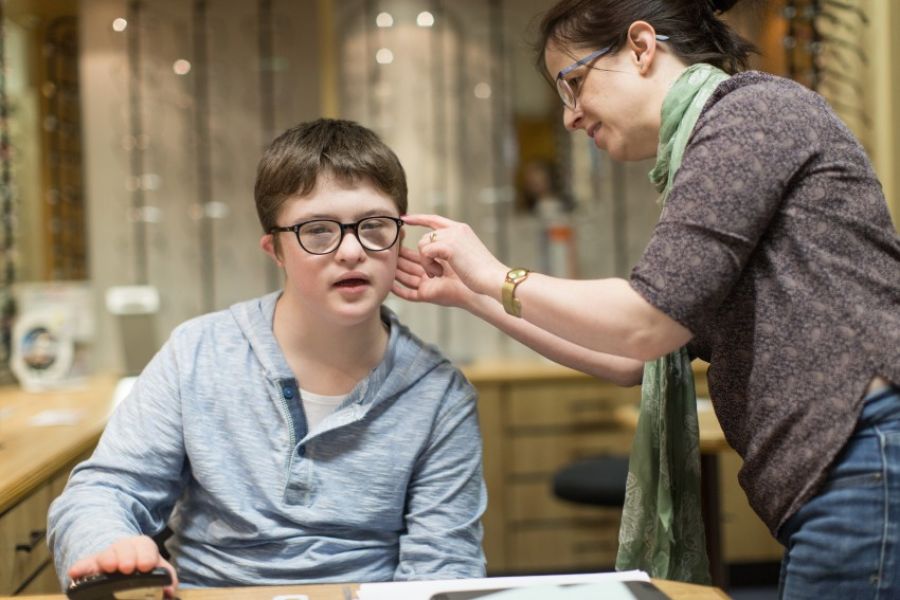Page content
We are passionate about gaining a better understanding of vision in children with special needs, and ensuring that all children have access to good eye care.
Much of our research relates to moving forward knowledge of visual function in Down syndrome, Cerebral palsy, autism spectrum disorder, and children with complex neurological impairments. We are currently conducting a study looking at vision testing in special schools.
Working with SeeAbility
We have been doing some work with SeeAbility trying to help make communication about vision clearer for parents and teachers. One key aspect of this is trying to create a jargon-free report which covers all aspects of a child’s vision.
An example of this report can be downloaded here
Preparing for an eye test
Dr Little worked with colleagues to produce guidance for the National Autistic Society on how to best prepare for an eye test.
Vision in Autism Spectrum Disorder
We have recently completed a major research project investigating visual function in Autism spectrum disorder (ASD). Our key findings:
- Visual acuity is normal: we found vision was normal in ASD. This means clinicians should investigate if there is any reduction in visual acuity, and not assume this is attributable to the condition or behaviour.
- Squints more common: there is a three times increased likelihood of squints and reduced 3D vision.
Increased need for glasses: children with ASD had more commonly needed spectacles, so it is important that children with autism spectrum disorder have eye care. - Access to eye care: we also found that many children with Autism hadn’t had an eye test, so there is unmet need and barriers around accessing eyecare.
- Preparation is key: We found that when prepared for what the test involved, such as using social stories and picture schedules, children with ASD were able to do all the tests.
Vision in Down Syndrome
Visual Acuity
Children with Down syndrome often don’t have good visual acuity, even with glasses.
Regular eye tests are important to monitor and maximise vision. We have examples of how vision is measured for children, and what the numbers mean.
Accommodation (focusing) problems
Children with Down syndrome often have focusing difficulties. This may mean that they need some extra help to maximise their close up vision. This can be done with bifocals or reading glasses and can be measured easily by dynamic retinoscopy.
Glasses
Many children with Down syndrome need glasses to help make the best of their vision. Like all kids, getting glasses can be difficult to get used to, but we hope our video guide helps parents and teachers encourages your child to wear glasses.

















